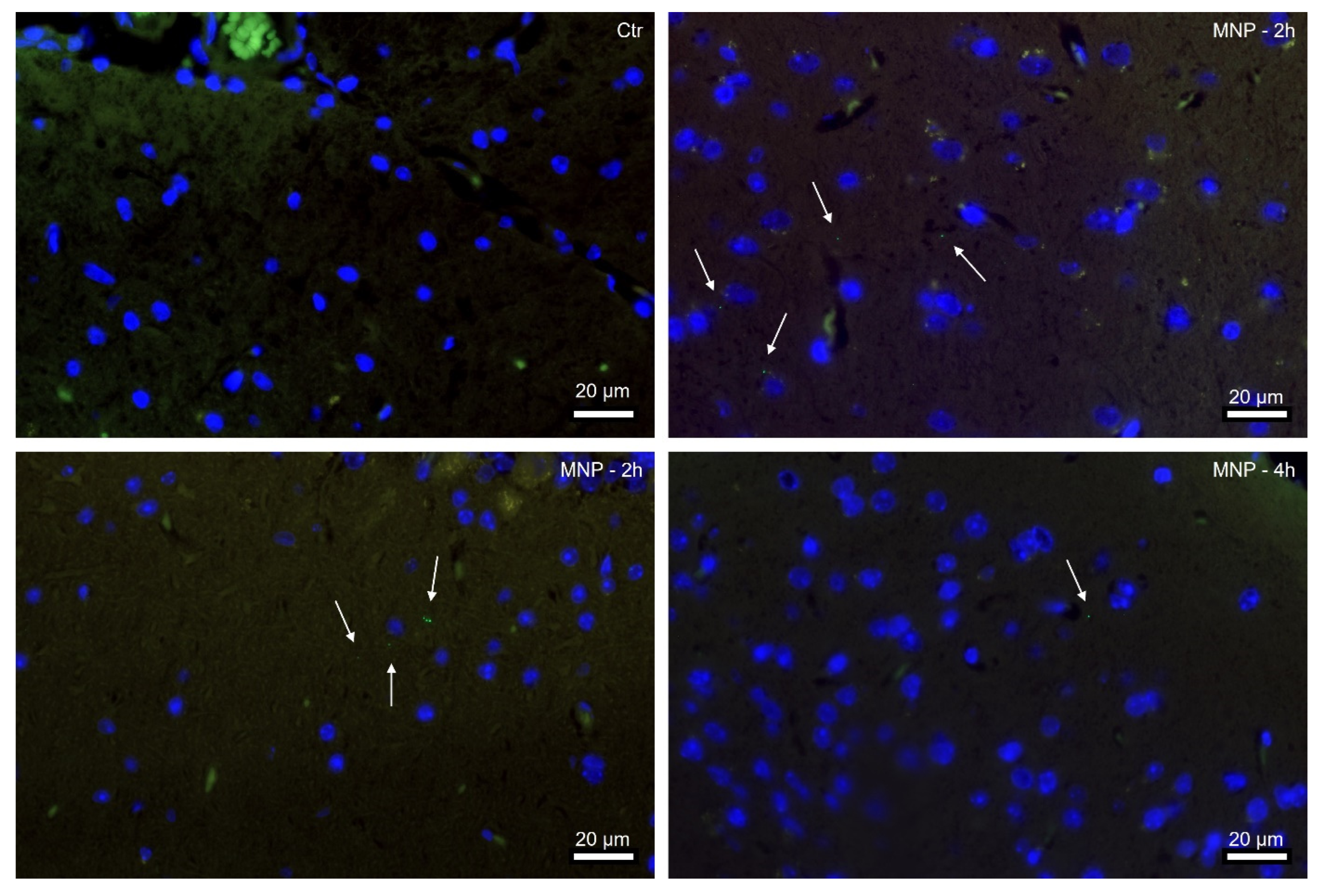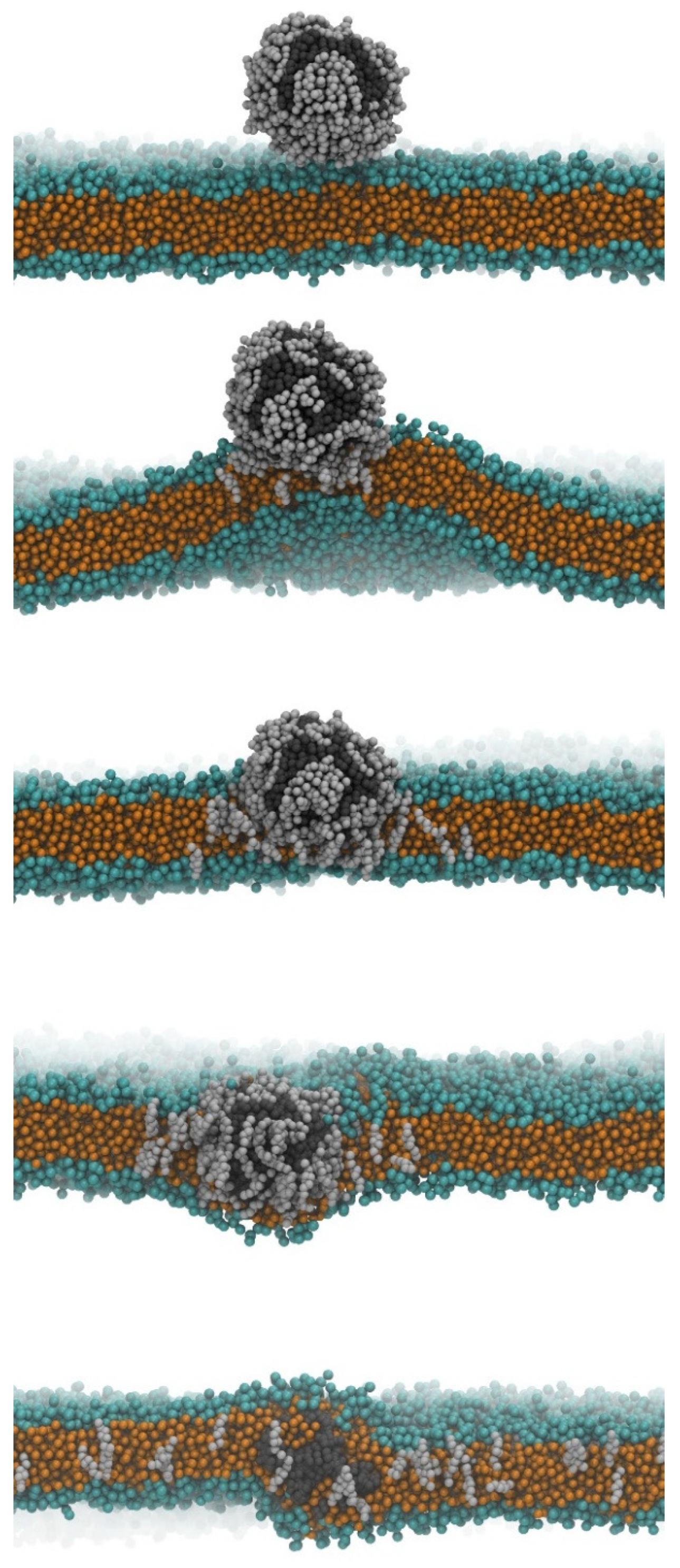
Nanoparticles in our heads: How microplastics penetrate our brains
Tiny plastic particles are now everywhere. An international team of researchers has now discovered how microplastics even overcome the protective blood-brain barrier and enter our brains in a very short time.
Microplastics are tiny plastic particles, no larger than five millimetres, which have long since found their way into all areas of our lives. Every day, we absorb thousands of these tiny plastic particles into our bodies through the air we breathe, the food we eat and through our skin. Once in the bloodstream, they even make their way into our brains. In a newly published study, an international research team has now been able to show how microplastics cross the blood-brain barrier.
Bouncer in front of the brain: how the blood-brain barrier works
In order for our brain to function properly, not everything in our blood is allowed to enter the brain unhindered. This is why there is a kind of admission control: the blood-brain barrier. Everything that enters the central nervous system (CNS) must first overcome this barrier of special cells that are tightly packed together and connected. This protects the brain from harmful substances such as toxins, viruses and bacteria that are dissolved in the blood.
The blood-brain barrier works by what is known as selective permeability. This means that it allows certain substances that the brain needs to pass through, such as oxygen and glucose, and excludes other substances. This selectivity is achieved by a combination of physical barriers (the tightly packed cells) and a special membrane that surrounds the brain. However, fat-soluble substances such as alcohol and nicotine can cross the blood-brain barrier.
And so can microplastic particles. They can cross the blood-brain barrier if they are small enough and interact with other substances. How exactly this works was previously unclear. In their study "Micro- and Nanoplastics Breach the Blood-Brain Barrier (BBB): Biomolecular Corona's Role Revealed", the scientists now prove one way.
From the plastic bottle to the brain in just two hours
For their study, the researchers applied a green fluorescent brand (1 micrometre is 1/1000 of a millimetre and 1 nanometre is 1/1000 of a micrometre) to microplastic parts of various sizes (9.5 micrometres, 1.14 micrometres and 293 nanometres). After some time in an artificial digestive fluid, they administered the tiny plastic pieces to mice. Just two hours later, the green fluorescence could be detected in the mice's brains. Depending on the particle size, the researchers had used different fluorescent markers so that they could now see that only particles smaller than one micrometre were able to cross the blood-brain barrier.

Source: Micro- and Nanoplastics Breach the Blood–Brain Barrier (BBB): Biomolecular Corona’s Role Revealed. Nanomaterials 13, no. 8: 1404. https://doi.org/10.3390/nano13081404
Well packaged: How plastic gets into the brain
But how do the small particles make it through the protective blood-brain barrier? If you want to use the image of admission control again, it's easy to explain: the microplastic particles disguise themselves and thus outwit the doormen, who think they are harmless. In fact, a shell of cholesterol molecules forms around the nanoparticles, known as "bio-corona" in technical jargon. Cholesterol is a fat-soluble molecule that enables the plastic particles to diffuse unhindered through the protective membrane.

Source: Micro- and Nanoplastics Breach the Blood–Brain Barrier (BBB): Biomolecular Corona’s Role Revealed. Nanomaterials 13, no. 8: 1404. https://doi.org/10.3390/nano13081404
Avoid microplastics in everyday life wherever possible
The effects of microplastics in our bodies and especially in the brain have not yet been sufficiently researched. However, it is clear that there are potential dangers for the environment and humans associated with the spread of small plastic particles and that everyone is advised to protect themselves as much as possible.
Three tips on how you can reduce the amount of microplastics that end up in your body:
Avoid single-use plastic: Don't buy single-use plastic items such as plastic bottles, bags and straws. Instead, opt for reusable alternatives such as stainless steel bottles, cloth bags and glass straws.
Pay attention to the ingredients of cosmetic products: Check the ingredients of cosmetic products such as exfoliating and cleansing products, as they often contain microplastic particles. However, this is not so easy, as there are many different names for microplastics. These include, for example: polyethylene (PE), polypropylene (PE), polyamide (PA) and polyethylene terephthalate (PET). However, the complete list is much longer, which is why it is advisable to use apps that point out toxic ingredients. BUND, for example, provides the free ToxFox app. Or you can avoid the problem by choosing natural cosmetics with the appropriate seals or using natural alternatives such as sugar or salt scrubs.
Avoid synthetic clothing: Synthetic clothing such as polyester, nylon and fleece releases tiny microfibres during washing, which end up in waste water and are often not filtered out. Instead, try to choose clothing made from natural materials such as cotton, linen or wool to minimise the spread of microplastic particles.
Caption photo:chayanuphol
Science editor and biologist. I love animals and am fascinated by plants, their abilities and everything you can do with them. That's why my favourite place is always the outdoors - somewhere in nature, preferably in my wild garden.
From the latest iPhone to the return of 80s fashion. The editorial team will help you make sense of it all.
Show all